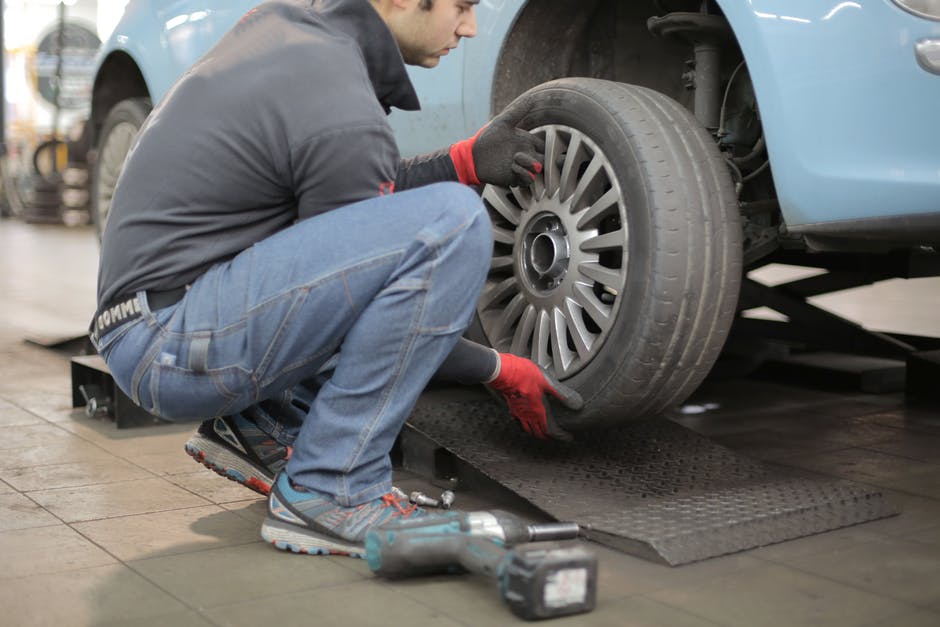Are you having tire problems that you need to deal with? We can help!
There are obvious signs that you need new tires and ones that you might not see if you don’t know what to look for. In other scenarios, something that seems like cause for tire replacement might just be a quick repair job. Knowing which is which can save you a lot of money.
In this post, we’re going to tell you whether you should repair or replace tires by looking at some of the factors involved in the decision. Read on and you’ll have tires that’ll keep you safer on the road for longer.
When You Can Repair Tires
There are a few scenarios where it’s actually okay to repair your tires, rather than replace them. Believe it or not, if you have a minor enough puncture, you can simply fill in the hole with a plug. This is most often the case when the puncture remains within the tread and isn’t any bigger than 1/4″ in diameter.
Even a second puncture in the same tire may be repairable, so long as they’re far enough apart. If you’ve got more than two punctures, however, you’re better off getting it replaced. Plugs are temporary fixes and new tires should be on your horizon either way.
The occasional flat tire can also potentially be fixed, but you should avoid driving on it, especially at high speeds. If you drive with less than 15 PSI in the tires, they won’t be repairable.
When You Should Replace Tires
Sadly, most tire mishaps will require tire replacement. If you need to buy tires, buy here.
Damage to the sidewall of the tire – bubbles or punctures – means that the tire is unusable. A puncture is an obvious bit of damage, but bubbling, which tends to occur after hitting a pothole or speed bump too hard, might not appear harmful. However, these show that the tire has been overloaded, so it’s actually very dangerous to drive on.
If you’ve got a puncture larger than 1/4″, anywhere on the tire, it’ll need to be replaced as soon as you can. Most auto accidents require tires to be replaced, as they usually end up with larger gashes or tread separation from the friction between the tire and the road.
Even if a tire looks alright after an accident, you should have it looked at by a trusted mechanic to determine whether they’re actually safe or not. Damage isn’t always obvious to the untrained eye and the last thing you want to do is keep driving on an unsafe tire.
Get Tire Replacement Before It’s Too Late
Now that you know when to repair and replace tires, you’ll be prepared for any tire-related situation on the road. It’s important to be knowledgeable about what to do in emergency situations so you can act in the best interest of yourself, your car, and the other people on the road. If you suspect your tires of being damaged, it’s best to have them inspected by a professional.
Did you enjoy this post? Come back again for more auto, business, and travel tips.

